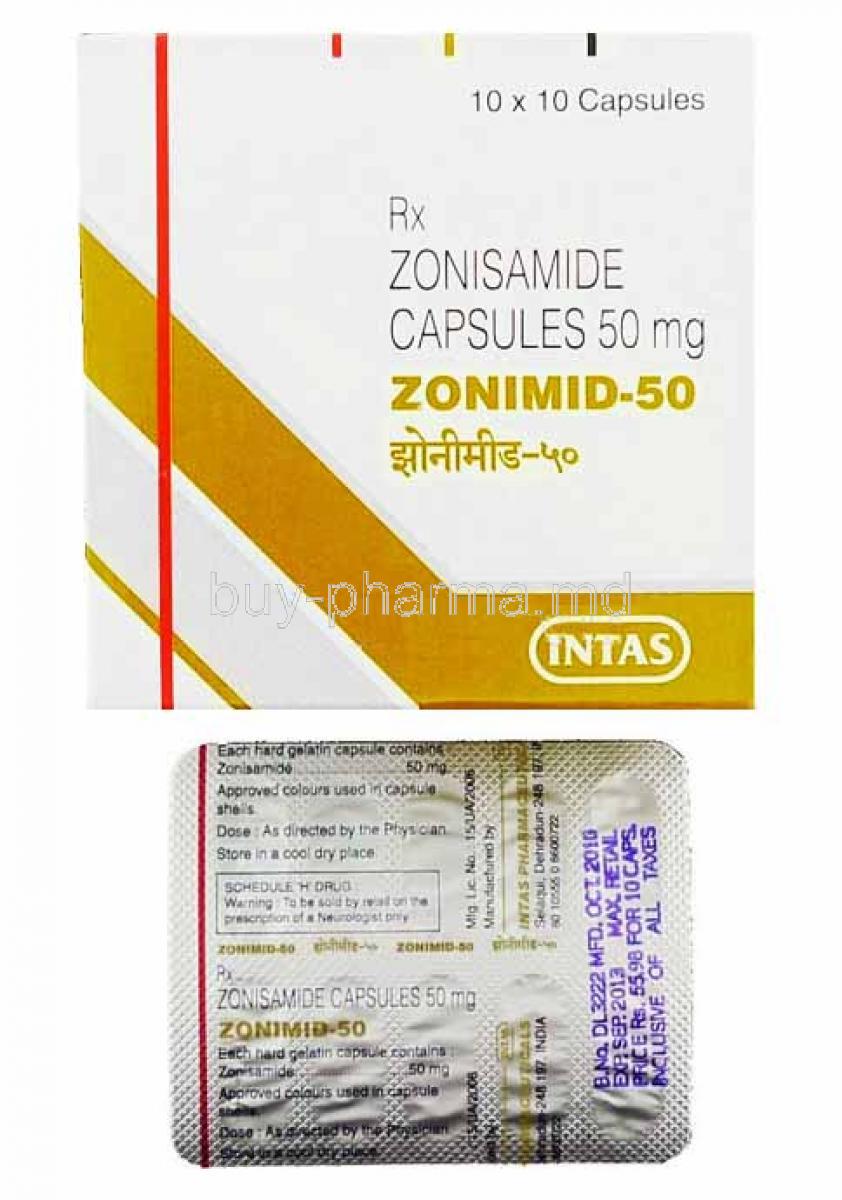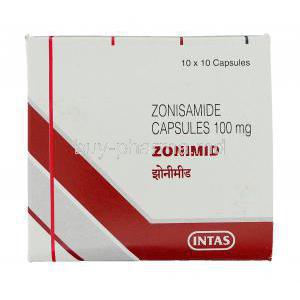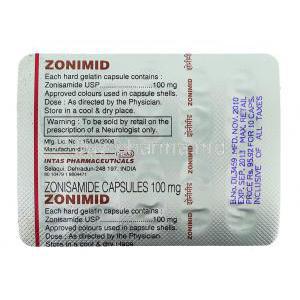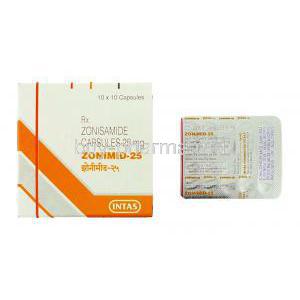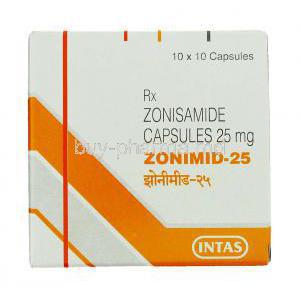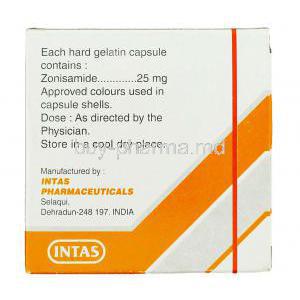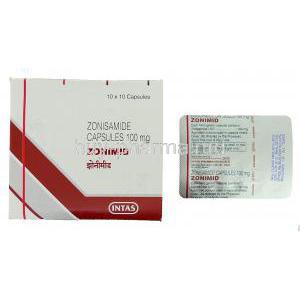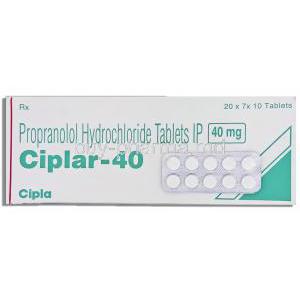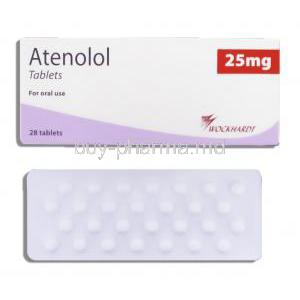Introduction to Zonimid (Zonisamide)
Overview of Zonimid and Its Active Ingredient Zonisamide
Zonimid is a prescription anticonvulsant medication containing the active ingredient zonisamide. This compound belongs to the sulfonamide class of drugs and is primarily indicated for the management of specific seizure types. Its pharmacological profile offers both seizure control and potential neuroprotective benefits.
Therapeutic Classification and Drug Type
Classified as an anticonvulsant and sulfonamide derivative, zonisamide is designed to stabilize neuronal excitability and prevent the excessive firing of brain cells that underlies epileptic seizures.
History of Development and Regulatory Approvals
Originally developed in Japan in the late 20th century, zonisamide received regulatory approval in Japan in 1989 and in the United States in 2000. Since then, it has been approved in several countries for both monotherapy and adjunctive therapy in epilepsy management.
Brand Names and Available Generic Formulations
Marketed under brand names such as Zonimid and Zonegran, zonisamide is also available in cost-effective generic formulations worldwide. These generics maintain the same active ingredient and therapeutic effects.
Composition and Pharmaceutical Formulations
Active Ingredient
Each Zonimid capsule contains a defined concentration of zonisamide, typically 25 mg, 50 mg, or 100 mg. The compound’s chemical structure includes a sulfonamide moiety, contributing to its pharmacological properties.
Inactive Ingredients and Excipients
Formulations may include excipients such as microcrystalline cellulose, sodium lauryl sulfate, and magnesium stearate, which ensure stability, bioavailability, and consistent dosing.
Available Dosage Forms and Strengths
Zonimid is available in capsule and tablet forms, enabling flexible dosing regimens tailored to patient needs. Common strengths include 25 mg, 50 mg, and 100 mg capsules.
Packaging and Manufacturer Details
Packaging typically involves blister packs or HDPE bottles, protecting the medication from moisture and light. Manufactured by licensed pharmaceutical companies under strict quality control standards.
Medical Uses of Zonimid
Approved Uses
- Monotherapy for partial-onset seizures in adults.
- Adjunctive therapy for partial seizures in adults and pediatric patients aged 16 years and older.
- Approved in some regions for generalized seizures and Lennox–Gastaut syndrome.
Off-Label Uses
- Migraine prophylaxis in patients unresponsive to standard therapy.
- Neuropathic pain relief in conditions such as diabetic neuropathy.
- Adjunct in weight loss and obesity treatment programs.
- Control of tremor and motor symptoms in Parkinson’s disease.
- Mood stabilization in bipolar disorder.
- Experimental roles in other neurological conditions under clinical study.
Mechanism of Action: How Zonimid Works
- Modulates voltage-gated sodium and calcium channels, reducing neuronal hyperexcitability.
- Enhances GABAergic inhibitory neurotransmission, contributing to seizure suppression.
- Suppresses glutamatergic excitatory neurotransmission to limit overactivation.
- Acts as a weak carbonic anhydrase inhibitor, offering possible neuroprotective effects.
Dosage and Administration Guidelines
General Dosage Recommendations
For adults, therapy typically begins at 100 mg daily, increased gradually in 100 mg increments every two weeks. The maximum recommended dose is generally 600 mg per day, divided into one or two doses.
Administration for Specific Populations
- Pediatric dosing is weight-based, starting at approximately 2 mg/kg/day.
- Elderly patients may require slower titration due to altered pharmacokinetics.
- Patients with renal or hepatic impairment require dose adjustments.
Administration Instructions
Zonimid can be taken with or without food. In case of a missed dose, take it as soon as remembered unless it is near the next scheduled dose. Discontinuation should be gradual to avoid seizure recurrence.
Side Effects of Zonimid
Common Side Effects
- Drowsiness, dizziness, and fatigue.
- Loss of appetite and mild weight reduction.
- Headache, nausea, and mild gastrointestinal upset.
- Difficulty with memory and concentration.
Less Common but Serious Side Effects
- Metabolic acidosis with prolonged therapy.
- Oligohidrosis leading to heat stroke risk, particularly in children.
- Formation of kidney stones and urinary tract issues.
- Severe skin reactions such as Stevens–Johnson syndrome.
- Psychiatric effects, including depression and suicidal ideation.
Drug Interactions with Zonimid
- Interactions with antiepileptic drugs such as phenytoin, carbamazepine, and valproate can alter drug levels.
- Carbonic anhydrase inhibitors (e.g., topiramate, acetazolamide) may increase risk of metabolic acidosis.
- CYP3A4 inducers and inhibitors can impact zonisamide metabolism and efficacy.
- Alcohol and other CNS depressants may exacerbate sedative effects.
- Polypharmacy scenarios require careful monitoring to avoid adverse pharmacokinetic interactions.
Warnings and Contraindications
Absolute Contraindications (Sulfonamide Hypersensitivity)
Zonimid is contraindicated in individuals with a known hypersensitivity to sulfonamides. Exposure in such cases can precipitate life-threatening allergic reactions, including anaphylaxis, and must be strictly avoided.
Risk of Severe Skin Reactions and Hypersensitivity Syndromes
Serious dermatologic reactions, such as Stevens–Johnson syndrome and toxic epidermal necrolysis, have been reported. Early signs may include fever, mucosal lesions, and widespread rash. Immediate discontinuation and urgent medical evaluation are essential at the first indication of these symptoms.
Precautions Regarding Metabolic Acidosis in At-Risk Patients
Zonimid may induce a hyperchloremic, non-anion gap metabolic acidosis due to carbonic anhydrase inhibition. This risk is heightened in patients with renal disease, respiratory disorders, or chronic diarrhea. Regular monitoring of serum bicarbonate is recommended.
Psychiatric Monitoring in Patients with Mood Disorders
Some patients may experience depressive symptoms, mood instability, or suicidal ideation during treatment. Those with a pre-existing psychiatric history require close observation, and any behavioral changes should prompt clinical reassessment.
Avoidance in Patients with History of Kidney Stones
Due to the drug’s potential to promote urinary crystallization, individuals with a prior history of nephrolithiasis are advised to avoid zonisamide. If therapy is deemed essential, stringent hydration protocols should be implemented.
Important Precautions and Careful Administration
Gradual Dose Escalation to Minimize Side Effects
Initiating therapy at a low dose and titrating slowly helps reduce the incidence of central nervous system effects and gastrointestinal disturbances.
Monitoring for Changes in Mood or Behavior
Routine assessments for alterations in affect, irritability, or anxiety are important. Prompt intervention can mitigate progression to severe psychiatric outcomes.
Hydration Recommendations to Prevent Kidney Stones
Patients should maintain an adequate fluid intake throughout the day to dilute urinary solutes and reduce stone formation risk.
Avoiding Overheating in Children and Certain Climates
Zonimid may impair sweating (oligohidrosis), particularly in pediatric patients. Care should be taken to limit heat exposure in warm environments to prevent heat-related illnesses.
Periodic Laboratory Monitoring
Assessment of serum bicarbonate, renal function, and in some cases liver enzymes is advised at baseline and periodically during prolonged treatment.
Special Population Considerations
Administration to Elderly Patients
Elderly individuals are more susceptible to dizziness, confusion, and sedation. Renal function should be evaluated regularly, and dose adjustments may be necessary to prevent accumulation.
Administration to Pregnant Women and Nursing Mothers
Zonimid has been associated with teratogenicity in animal studies. It should only be used during pregnancy if the potential benefits outweigh the risks. The active ingredient is excreted into breast milk; therefore, breastfeeding is not recommended during therapy.
Administration to Children
Approved for pediatric patients above specific age thresholds, depending on jurisdiction. Regular monitoring for reduced sweating, body temperature regulation, and growth patterns is essential during treatment.
Overdose and Emergency Management
Symptoms of Zonisamide Overdose
Signs may include profound drowsiness, dizziness, ataxia, nausea, agitation, and in severe cases, respiratory depression or coma.
Immediate First-Aid Measures and Emergency Response
In suspected overdose, emergency services should be contacted immediately. Supportive measures, including airway protection and vital sign stabilization, are critical.
Hospital Management and Supportive Care Guidelines
There is no specific antidote for zonisamide toxicity. Hospital care focuses on gastric decontamination (if within a suitable time frame), intravenous fluids, electrolyte balance, and symptomatic management.
Prognosis After Overdose Treatment
With timely intervention, full recovery is achievable in most cases. Severe or prolonged toxicity is rare but may occur in massive ingestions.
Handling and Storage Guidelines
Recommended Storage Temperature and Humidity Control
Store at controlled room temperature, ideally between 20°C and 25°C, with protection from excessive humidity.
Safe Handling and Disposal of Unused Medication
Unused or expired medication should be disposed of in accordance with local pharmaceutical waste regulations to prevent accidental ingestion or environmental contamination.
Shelf-Life and Stability Information
Refer to the product packaging for the expiration date. Stability is maintained when stored under recommended conditions.
Storage Away from Light, Moisture, and Children’s Reach
Keep containers tightly closed, away from direct light and damp areas. Always store in a secure location out of the reach of children and pets.
Zonimid, Zonidamide FAQ
- What is the drug zonisamide used for?
- What is a Zonimid tablet?
- What are the side effects of Zonimid 50 mg?
- What does zonisamide do to your brain?
- Is zonisamide a high risk drug?
- What to avoid with zonisamide?
- When should I take zonisamide, morning or night?
- Does zonisamide affect sleep?
- What happens if you suddenly stop taking zonisamide?
- Can zonisamide cause memory loss?
- Is it better to take zonisamide at night or morning?
- Can I take vitamin D with zonisamide?
- Why do you need to wear gloves when handling zonisamide?
- Can zonisamide make you gain weight?
- What are the benefits of taking zonisamide?
- Can Keppra and zonisamide be given together?
- What is the #1 side effect of zonisamide?
- Can zonisamide affect memory?
- What to avoid while taking zonisamide?
- How long does it take for zonisamide to kick in?
- Can zonisamide be used to treat migraines?
- Is zonisamide bad for the kidneys?
- Does zonisamide affect the heart?
- Is zonisamide used for weight loss?
- Does zonisamide make you sleepy?
- Does zonisamide prevent migraines?
- Is zonisamide a mood stabilizer?
- What is the drug zonisamide used for?
- What to avoid with zonisamide?
- When should I take zonisamide, morning or night?
- Does zonisamide affect sleep?
- Can zonisamide cause memory loss?
- Can I take vitamin D with zonisamide?
- How much water should I drink with zonisamide?
- Can zonisamide make you gain weight?
- What are the benefits of taking zonisamide?
- Can Keppra and zonisamide be given together?
- What is the normal dosing for zonisamide?
- Can zonisamide be used to treat migraines?
- Is zonisamide bad for the kidneys?
- Does zonisamide affect the heart?
- Is zonisamide used for weight loss?
- Does zonisamide make you sleepy?
- Does zonisamide prevent migraines?
- Is zonisamide a mood stabilizer?
What is the drug zonisamide used for?
Zonasamide is used to treat partial-onset seizures in epilepsy.
What is a Zonimid tablet?
An anti-convulsant
What are the side effects of Zonimid 50 mg?
dizziness, sleepiness, headache, diarrhoea, indigestion, tiredness, confusion
What does zonisamide do to your brain?
Zonisamide is a medication that essentially slows down brain activity.
Is zonisamide a high risk drug?
Zonisamide may cause life-threatening rashes, including Stevens-Johnson syndrome (SJS) and toxic epidermal necrolysis (TEN)
What to avoid with zonisamide?
Alcohol
When should I take zonisamide, morning or night?
Night
Does zonisamide affect sleep?
Yes
What happens if you suddenly stop taking zonisamide?
Seizures may worsen.
Can zonisamide cause memory loss?
Yes
Is it better to take zonisamide at night or morning?
Evening
Can I take vitamin D with zonisamide?
Yes
Why do you need to wear gloves when handling zonisamide?
Zonisamide has a sulphonamide group, which can be a problem because this type of compound is linked to some side effects that affect the immune system.
Can zonisamide make you gain weight?
No
What are the benefits of taking zonisamide?
This medication works by targeting the central nervous system, which helps cut down on the number of seizures and makes the ones that do happen less severe.
Can Keppra and zonisamide be given together?
No
What is the #1 side effect of zonisamide?
Drowsiness (somnolence), anorexia, ataxia
Can zonisamide affect memory?
Yes
What to avoid while taking zonisamide?
Alcohol
How long does it take for zonisamide to kick in?
2 weeks
Can zonisamide be used to treat migraines?
Yes
Is zonisamide bad for the kidneys?
It can cause kidney stones.
Does zonisamide affect the heart?
Yes
Is zonisamide used for weight loss?
Yes
Does zonisamide make you sleepy?
Yes
Does zonisamide prevent migraines?
Yes
Is zonisamide a mood stabilizer?
Yes
What is the drug zonisamide used for?
Zonisamide is used together with other medicines to treat partial-onset seizures (convulsions)
What to avoid with zonisamide?
Alcohol
When should I take zonisamide, morning or night?
Evening
Does zonisamide affect sleep?
It improves sleep.
Can zonisamide cause memory loss?
Yes
Can I take vitamin D with zonisamide?
Yes
How much water should I drink with zonisamide?
6-8 glasses
Can zonisamide make you gain weight?
No
What are the benefits of taking zonisamide?
It reduces the number of seizures.
Can Keppra and zonisamide be given together?
No
What is the normal dosing for zonisamide?
100 to 200 mg daily for adults and 2 to 4 mg/kg/d for children
Can zonisamide be used to treat migraines?
Yes
Is zonisamide bad for the kidneys?
Yes
Does zonisamide affect the heart?
Yes
Is zonisamide used for weight loss?
Yes
Does zonisamide make you sleepy?
Yes
Does zonisamide prevent migraines?
Yes
Is zonisamide a mood stabilizer?
Yes

